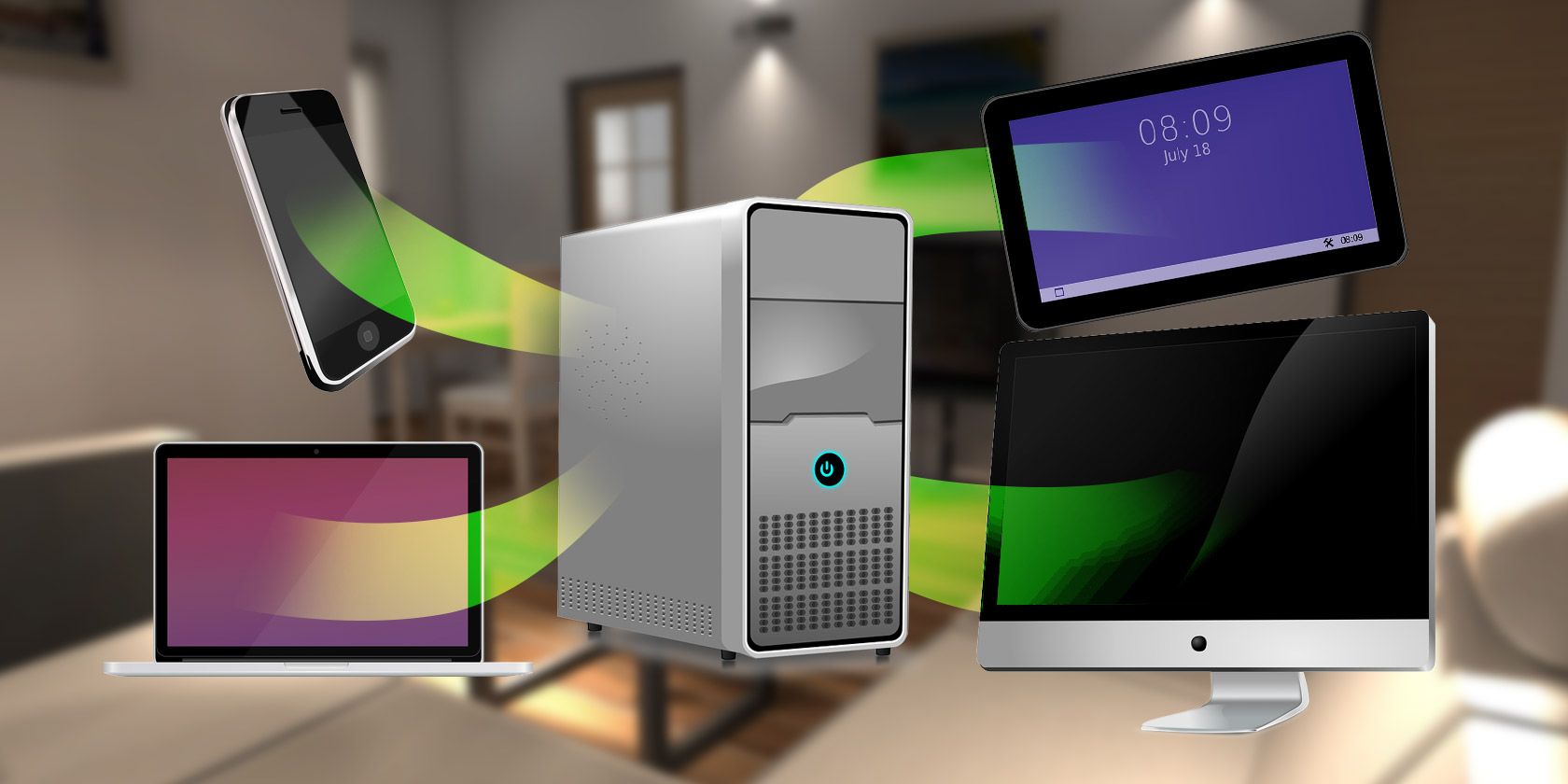

Plex Server has a free option that will handle all of the personal media streaming. Making a home VPN server is really easy with a cheap Raspberry Pi computer and PiVPN.io scripts. I’ve also got a VPN server on my home network so I can copy files to the server remotely and securely from where ever I want. I shoot everything in RAW, too, so I certainly don’t want to transfer those huge file sizes automatically. Having the manual option means I won’t have unexpected network usage or battery level loss since I will choose when the images sync. FTP isn’t a secure file transfer protocol though, so I’ll only use that on the local network. It also has an FTP server built-in, so I can turn that on and access the phone’s photo storage from a desktop (or any other FTP client) if I want to transfer files the other way. This open-source file manager has great support for SMB file shares, so I made a shortcut to my “2021” photos folder where I can easily move all of my photos whenever I want. The “FolderSync” app for Android sounds pretty good for automatically copying camera roll photos to the server, but I think I want to have more control over my photo library now, so I’m going to manually copy photos to the server periodically using “ Material Files“. In the Plex Forums, there are a couple of auto-sync recommendations. Still, I already have Plex, so let’s give it a try. The Plex apps have automatic Camera Roll Upload, too! This could be practically perfect… Oh wait, Plex is also removing the automatic Camera Roll backup feature in June of 2021.


 0 kommentar(er)
0 kommentar(er)
